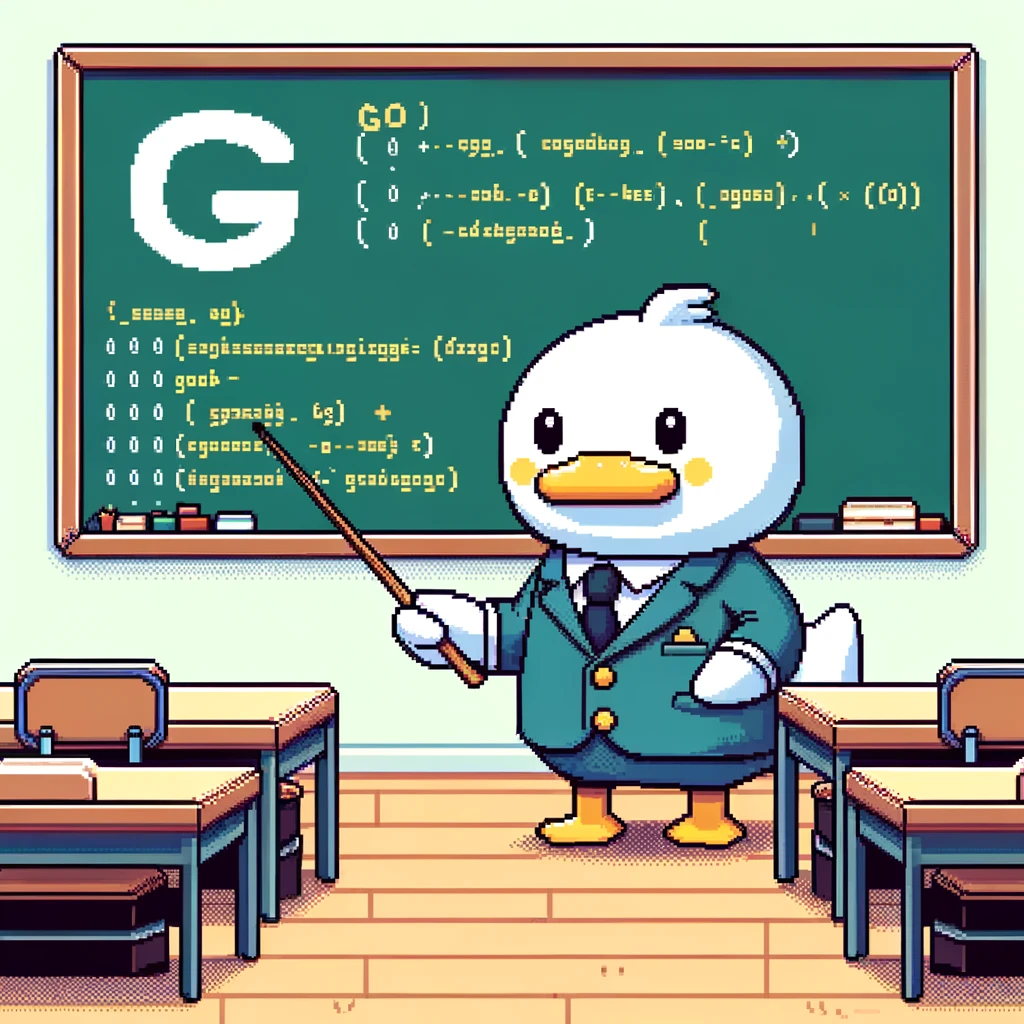Introduction
When working with Go, understanding the Standard Library is crucial for any developer. The Go Standard Library provides a rich set of packages and utilities that can help you write efficient and reliable code. In this blog post, we will explore some key aspects of the Go Standard Library and how you can leverage it in your projects.
Overview of the Go Standard Library
The Go Standard Library is a collection of packages that are included with every Go installation. These packages cover a wide range of topics, from basic data types and algorithms to networking and concurrency. By using the packages in the Standard Library, you can save time and effort by not having to reinvent the wheel for common tasks.
Example 1: Working with io package
One of the most commonly used packages in the Go Standard Library is the ‘io’ package. This package provides basic input/output operations, such as reading from and writing to files. Here is a simple example of how you can use the io package to read from a file:
1
2
3
4
5
6
7
8
9
10
11
12
13
14
15
16
package main
import (
"fmt"
"io/ioutil"
)
func main() {
data, err := ioutil.ReadFile("data.txt")
if err != nil {
fmt.Println("Error reading file:", err)
return
}
fmt.Println(string(data))
}
In this example, we use the ioutil.ReadFile function to read the contents of a file named data.txt. We then print out the contents of the file to the console.
Example 2: Working with time package
Another useful package in the Go Standard Library is the ‘time’ package, which provides functionality for working with dates and times. Here is an example of how you can use the time package to get the current time:
1
2
3
4
5
6
7
8
9
10
11
package main
import (
"fmt"
"time"
)
func main() {
currentTime := time.Now()
fmt.Println("Current time:", currentTime)
}
In this example, we use the time.Now() function to get the current time. We then print out the current time to the console.
Example 3: Working with http package
The ‘http’ package in the Go Standard Library provides functionality for building HTTP servers and clients. Here is an example of a simple HTTP server using the http package:
1
2
3
4
5
6
7
8
9
10
11
12
13
14
15
package main
import (
"fmt"
"net/http"
)
func handler(w http.ResponseWriter, r *http.Request) {
fmt.Fprintf(w, "Hello, World!")
}
func main() {
http.HandleFunc("/", handler)
http.ListenAndServe(":8080", nil)
}
In this example, we define a simple HTTP server that serves a “Hello, World!” message when a request is made to the root URL. We then start the HTTP server on port 8080 using the http.ListenAndServe function.
Conclusion
The Go Standard Library is a powerful tool that every Go developer should be familiar with. By understanding the packages and utilities available in the Standard Library, you can write more efficient and reliable code for your projects. Start exploring the Go Standard Library today and see how it can help you in your development journey. Happy coding!
